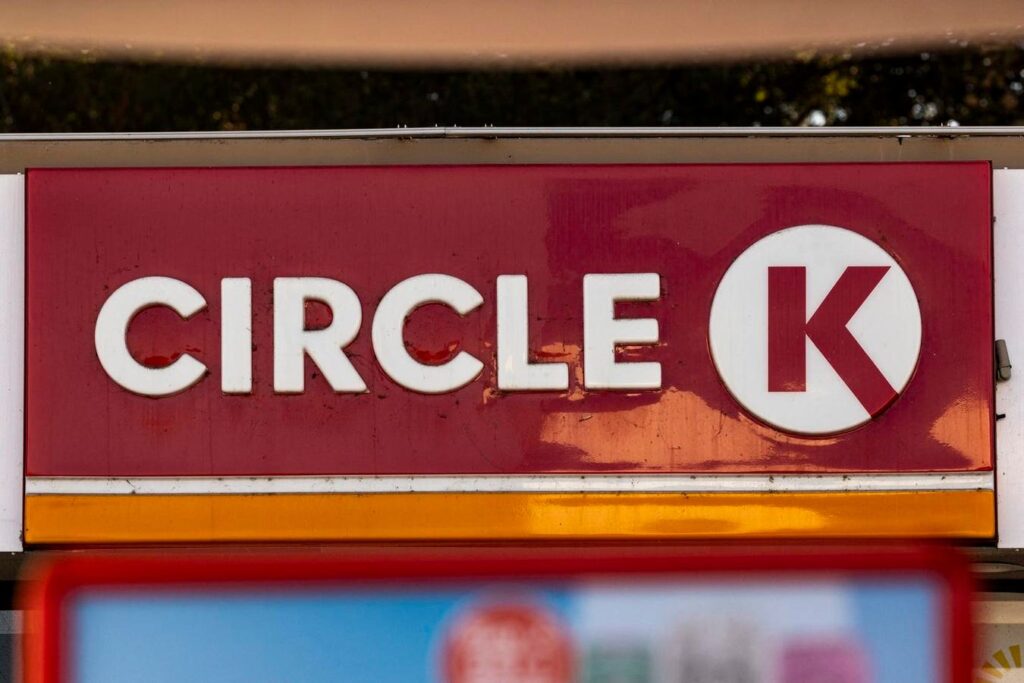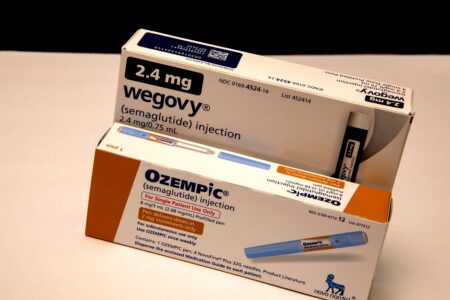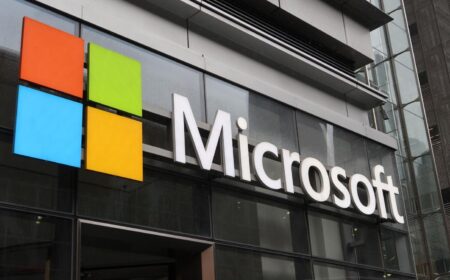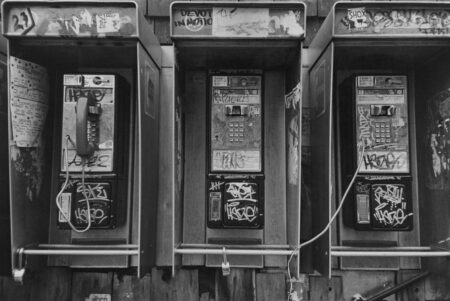Back in October 2024, Oxford Economics made a call for a “window of opportunity” for commercial real estate (CRE) investment. The take was that over the next 12 to 18 months — essentially through 2025, would “offer the best entry point for direct real estate investment this cycle.”
The firm saw Europe and the industrial CRE segment as offering the best opportunities. From a global perspective, that might be true. In the U.S., however, data and analysis suggest two good places to look: the fast food (often called quick-serve restaurants or QSR) and convenience store (C-store) parts of retail.
What location means for retail
Something to consider is that the phrase “location, location, location” is often misinterpreted by owners and investors. A good location is the proper intersection of supply and demand, which can differ between commercial tenants and owners, especially when it comes to any sort of retail.
Location starts with a place that ultimately customers of commercial establishments will come to for goods or services. The location also must provide the physical capabilities and infrastructure the business will need. The tenant wants the right combination of factors with added high building vacancies that give them advantages in negotiations with landlords to push rents down. The landlords, in return, want low vacancies to give them the upper hand when setting rents.
Brokerage Markus & Millichap’s 2024 Q4 report on retail had a graph showing limited vacancy across property types. The two retail types with the lowest vacancies — both below 2% — were convenience stores and fast food. Everything else was well over 2%. On the other end of the vacancy spectrum were outlet centers and community/neighborhood centers at respectively over 5% and nearly 6%.
Fast-food and convenience store performance
QSR and C-stores have been doing particularly well. In April, Pacer.ai, which monitors foot traffic to commercial establishments, noted that C-stores were transforming themselves into destination locations through dining, shopping, and tourism offerings, creating consistent year-over-year visit growth outpacing overall retail.
“Convenience stores are flourishing, transforming into some of the most exciting dining and tourist destinations in the country,” Placer.ai said. “Today, C-Store customers can expect to find brisket sandwiches or craft beers, rather than the stale cups of coffee of old. And the data shows that customers are receptive to these innovations, helping drive the segment’s success.”
As the Wall Street Journal reported, “The industry is so fragmented in the U.S. that the 10 largest chains still hold less than a fifth of market share.” The more fragmentation, the less control big chains have and, as a result, the less leverage in negotiations because other chains might be interested in a good location.
Marcus & Millichap said that while retail deal flow (number of locations being bought and sold) fell on an annual basis in the first eight months of 2024, the number of fast-food related trades grew. “The segment’s scant vacancy and number of chains in expansion mode is eliciting investor competition for properties net-leased to these tenants,” the report said. (Net-leased means the tenant pays rent and additionally some combination of maintenance costs, real estate taxes, and property insurance.)
Good yields versus risk-free returns
Consumer demand for what convenience stores and fast food offer supports the industry’s need for more space. Retail yields are “well placed relative to the risk-free rate in many markets and rental growth has reemerged in some markets after a multi-year absence,” Oxford said.
A translation: retail building ownership has offered returns higher than the yields on Treasury instruments like the 10-year, which is effectively the risk-free return part of investments. These investments won’t necessarily last forever. On December 27, 2024, the yield on the 10-year Treasury was up to 4.62%. The last time it hit that rate was in April 2024 and many economists expect going forward the 10-year yield could climb significantly higher, driving up commercial mortgage interest rates and the rents necessary to make a property profitable. Cost can negatively affect demand; big changes in economic conditions could make the dynamics of retail properties uncertain. That brings the topic back to the point of Oxford Economics, that the best time to enter CRE investing is probably now.
Read the full article here
















